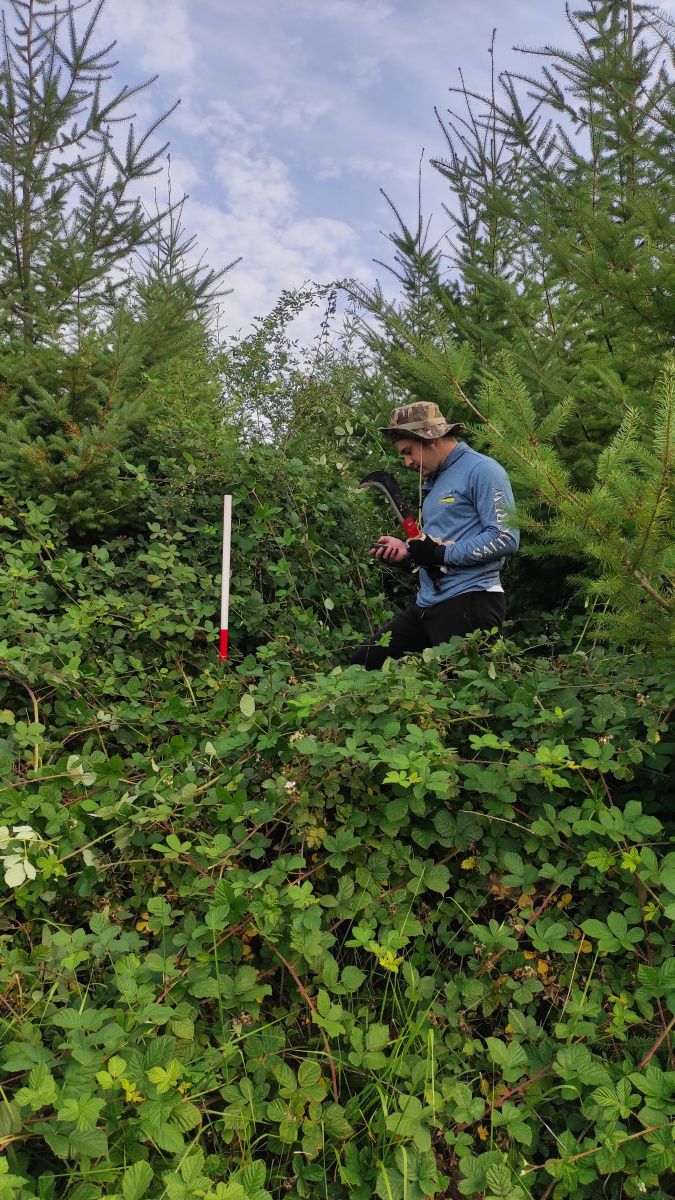The forestry and agroforestry projects developed by Reforest'Action are sources of multiple benefits. On the one hand, they have an environmental impact on the climate, biodiversity, soil quality, and water resources; on the other hand, they have social and economic impacts on local populations.
To multiply its impact, Reforest'Action is enrolled in the process of becoming a more technological company. Our goal is to provide innovative solutions helping the development and monitoring of (agro)forestry projects and their impacts on ecosystems over 30 years to support their stability. This is the challenge of this Research and Innovation project.
Concerning the projects, the tool must allow both to propose a projection of impacts thanks to robust methodologies and to optimize the design of projects and their adaptive management. For contributors, the tool should provide companies with a complete analysis of the benefits of their investment and evaluate the impact over time.
The analytical reports produced by the FIS will provide contextualized information and better demonstrate project impact over time.
To better understand the innovative project that is the FIS, we interviewed Carole Renner, Head of Impact Assessment Tools Development at Reforest'Action.

1. To what extent is the FIS a new project, and how will it support the impact of projects?
Reforest'Action is aware of the importance of measuring the impact of its projects. As an "information System," the FIS will have substantial contributions:
1° It will allow for the acquisition of data necessary to estimate, optimize and monitor the impacts of our projects over time concerning: climate, biodiversity, the socio-economic sphere, soil, and water - according to their characteristics and issues.
2° It will consider changes. We will help improve practices and ensure the implementation of so-called adaptive management thanks to the measures of the impacts of projects, i.e., which will allow projects to evolve to adapt to changes.
3. To ensure good communication, appropriate analytical reports will be provided to our stakeholders to better inform them on the issues concerning the forest and the impact of their contribution.
2. How will the FIS support contributors in their projections?
The FIS will help contributors in several ways.
First, thanks to upstream information, they will be able to choose a project adapted to their issues - whether they have been measured through Science Based Targets or the Net Zero Initiative, for example, or whether they correspond to the contributor's values or are directly part of the value chain.
The FIS help regularly inform of the actual results of their contribution.
Contributors will receive information over time, as the follow-up will be conducted from the implementation of the project until its 30th anniversary.
We will also accompany each project owner in optimizing their design to be multifunctional and stable. The FIS will also provide them with tools to facilitate collecting, storing, and retrieving data to monitor their project. He will thus be able to devote more of his time to his actions in the forest! Once the project is implemented, the monitoring tools will help guide the project leader in implementing potentially corrective actions.
In the long term, adaptive management of projects will reinforce their stability in the face of global changes: environmental impact on climate and biodiversity, soil quality and preservation of water resources, and the economic and social impact on local communities.
3. With what technical and human resources will the Forest Information System (FIS) operate?
First, let us recall that the FIS is a project under development (R&D). Its deployment should begin in 2023.
The team engaged with the FIS development collaborates with recognized national and international experts - particularly in ecology, forest management, technology, and data analysis.
The first objective of the FIS is to collect, store, process, and retrieve information obtained from our forestry projects. This network of innovative tools will help us to improve and fluidify their selection, management, and monitoring. It relies on third-party data collection solutions. For example, we use information obtained by remote sensing (via satellites) or through digital forms adapted to our projects and their challenges. This data will be cross-referenced and analyzed through our system to better estimate, measure, and improve the impacts of our projects over time.
4. Forests are strongly affected by climate change. To what extent do Reforest'Action and the SIF take these issues into account?
Reforest'Action considers that our projects must be "armed" to deal with disturbances linked to climate change. We, therefore, promote, above all, the "multifunctionality" of forests. We consider it necessary that projects provide benefits for biodiversity, the balance within the soil-water system, and the fight against climate change. They must also generate socio-economic benefits. These benefits are complementary and allow the ecosystem to be balanced and endure.
For example, let us recall that the forest stores carbon in its biomass and soils and contributes to limiting the greenhouse effect. It can also improve its microclimate by cooling the air and retaining humidity. It thus limits its vulnerability to the climate. Combining all these benefits allows the ecosystem to be balanced and endure.
Reforest'Action's objective is to promote stable projects, i.e., those that persist over time. This means considering resistance - the ability to remain unchanged during a disturbance, and resilience - the ability to return to its initial state after a disturbance.
Through the SIF, we can assess how well this multifunctionality is considered. We will monitor the impact of projects over time - over 30 years, using protocols validated by our technical and scientific partners.
